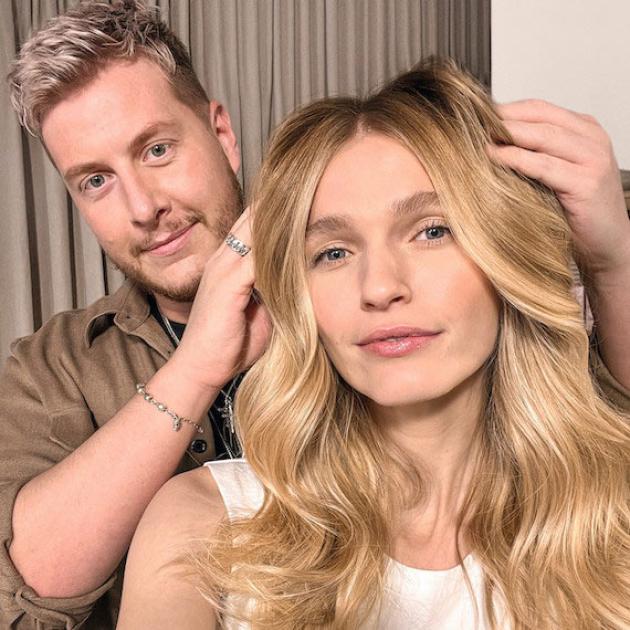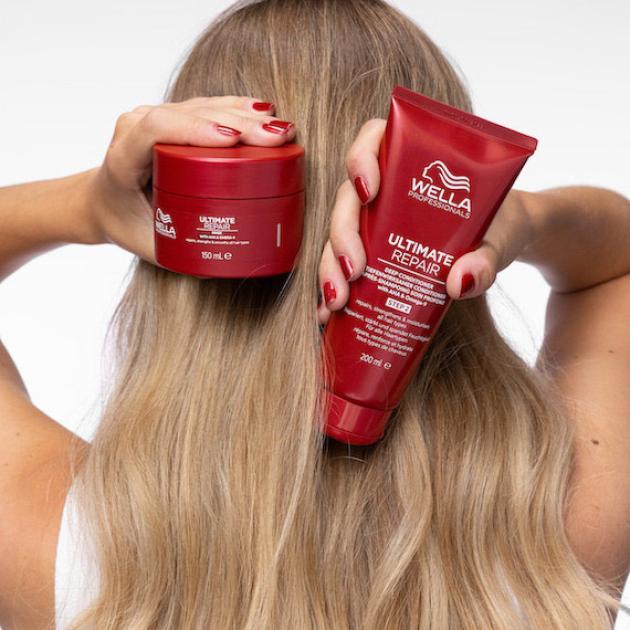Do Hair Extensions Damage Hair? Here’s What You Need to Know
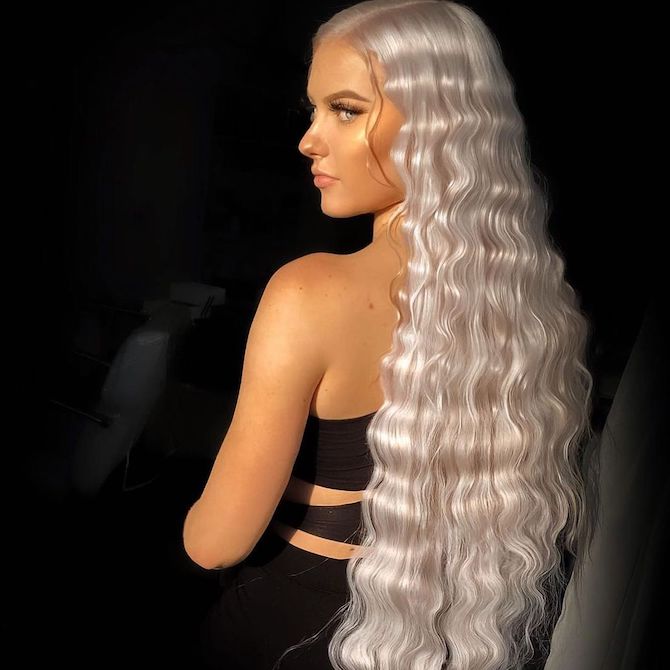
If you're a hairdresser who works with hair extensions, you'll have probably been asked (many times!): 'do extensions damage hair?' And, as you'll know, it's not a simple yes or no answer. The impact they have on locks depends on so many factors.
From the type of extensions chosen, to the condition of the natural hair, to how those extra lengths are maintained, hair extension damage can be avoided with the proper care and the right techniques.
So, let's explore how you can prevent extensions from stressing out your client's strands, plus what they can do at home to maintain those long, luscious locks.
Do Hair Extensions Damage Hair?
Hair extensions don't have to be damaging. They've evolved in recent years to be kinder to tresses, so most clients can enjoy the boost of volume or extra length they offer. But, let's face it: we've all seen that one client who has come over from another salon with a bad set of micro rings, or been faced with grown-out tape-ins that weren't treated to a proper hair care routine.
Let's look deeper at the causes of hair extension damage...
1. The Hair Was Too Weak to Begin With
One of the main reasons clients see extension damage is because their hair was too weak to hold the weight. If you fitted your client's extensions yourself, you'll have been able to avoid this problem. Consultation is key pre-extensions to ensure hair follicles can withstand the extra tugging. Otherwise, hair breakage and loss can happen, sometimes leading to what's known as traction alopecia.
2. Extensions Have Been Handled Roughly
When your client has extensions in, they need to be extra careful with their hair. Everyday rituals, like brushing or shampooing (even sleeping!), should be carried out with the most delicate touch. So, no more dragging lengths with the wrong hairbrush or vigorously scrubbing at the scalp on hair wash day. If your client isn't careful, their extensions can leave their hair thinner than before.
3. Hair Care Steps Have Been Skipped
While that 'gently, gently' approach is essential, some clients can be overly cautious. If they're worried about ruining their extensions, they might be skipping hair care steps to avoid pulling at the roots. From skimping on conditioner, to not shampooing hair enough, to letting hair get matted by ditching the brush, there is such a thing as being too careful with extensions. It's all about finding balance.
4. Maintenance Sessions Have Been Missed
For long-term extension lovers, maintenance sessions are a must. Extensions have to be removed and refitted as they grow out with the hair, so they always sit close to the root. Let them grow out too far, and they can start to drag on lengths, resulting in breakage. That's why we recommend maintenance is booked in every six to eight weeks.
Does Hair Grow Back After Extension Damage?
It depends how extreme the damage is. In most cases, your client's hair should grow back, and if the breakage is through the lengths, a proper care routine will support stressed strands throughout the process. But, there are some (rare) cases where extensions are used for so long that hair follicles become compromised too. Because these follicles are responsible for growth, this level of damage could lead to irreparable hair loss.
But it doesn't have to get that far...
How to Prevent and Repair Hair Extension Damage
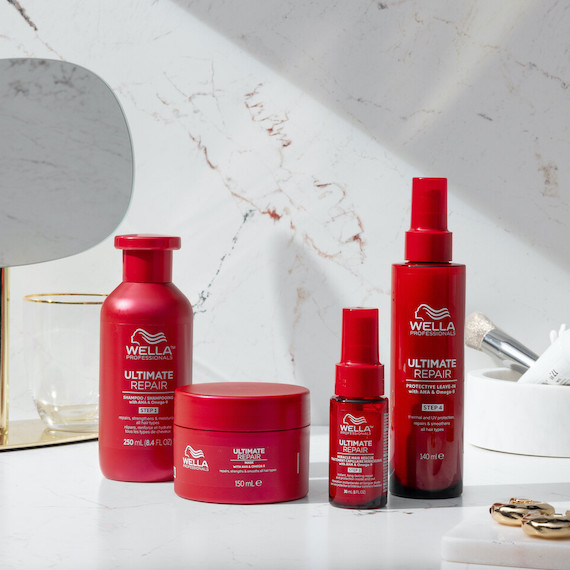
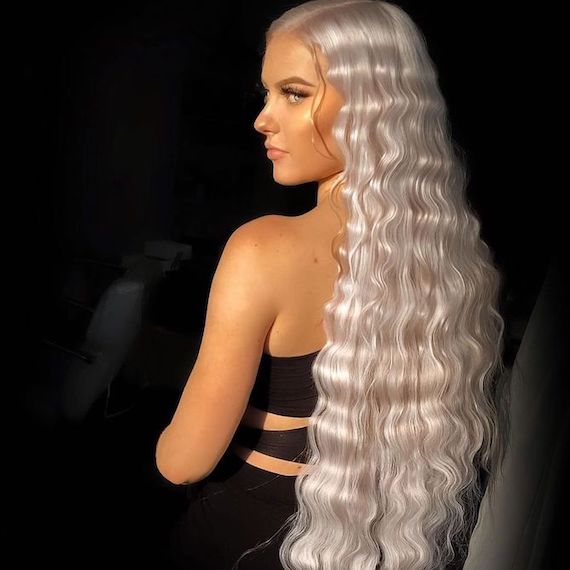
Image Credit: @nicolasjequier
Is your client still weighing up whether to get hair extensions fitted or not? A consultation will help you and them figure out if their locks are strong enough to hold the weight. Look closely at the roots of their hair to determine if it's in good enough condition. Top tip: if your client has recently given birth, they may be vulnerable to postpartum hair loss, so advise them to wait until the extra shedding has stopped.
Then, recommend your client kick starts a deeply reparative routine – one that will keep hair healthy before extensions, as well as when they're fitted. The ULTIMATE REPAIR regimen prevents and repairs damage with a skincare-inspired line-up of hair care innovations. Suitable for all hair types, they harness AHA and Omega-9 to replenish strands from the inside out.
Their first step is ULTIMATE REPAIR Shampoo. With a luxurious lather that's kind to even delicate tresses, it deeply cleanses and preps hair for the bond-rebuilding process to begin. Your client should follow it up with ULTIMATE REPAIR Conditioner. Rich and creamy, yet weightless, it treats damaged strands (including human hair extensions) to intense nourishment for maximum manageability.
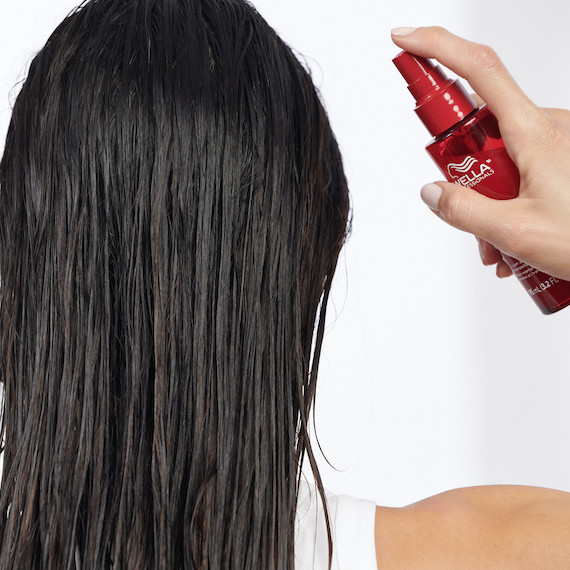
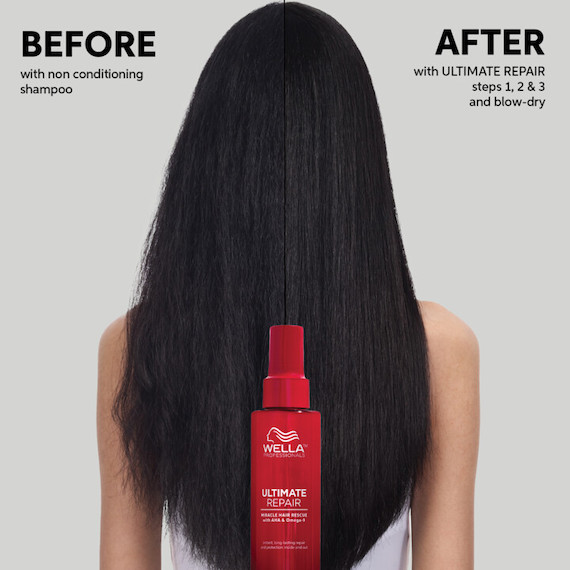
Finally, ULTIMATE REPAIR Miracle Hair Rescue completes the regimen. It's a leave-in treatment that's misted from root to tip to repair hair damage in 90 seconds*. Together with the Shampoo and Conditioner, it leaves your client with 12x smoother hair** and 99% less breakage***. The ideal strengthening hair extensions prep.
For hair that's already been stressed out by extensions, ULTIMATE REPAIR Mask delivers the targeted nourishment locks need. It features smart conditioning agents which identify the areas of hair calling out for repair, then treats strands accordingly. So, if grown-out extensions have left your client's lengths broken, the Mask will focus its attention on these fragile sections. Plus, it will address any other damage they might be dealing with.
For best results, they should smooth the Mask through strands, focusing a little extra on the most vulnerable areas. Then, allow it to absorb for up to 10 minutes before rinsing thoroughly. Repeat weekly to nurture hair.
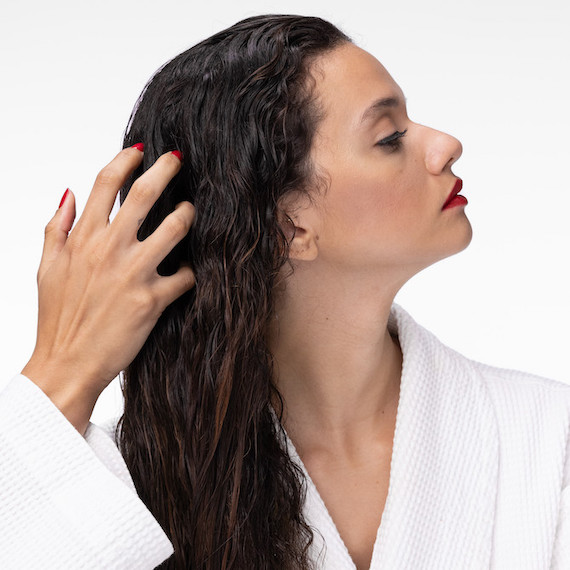
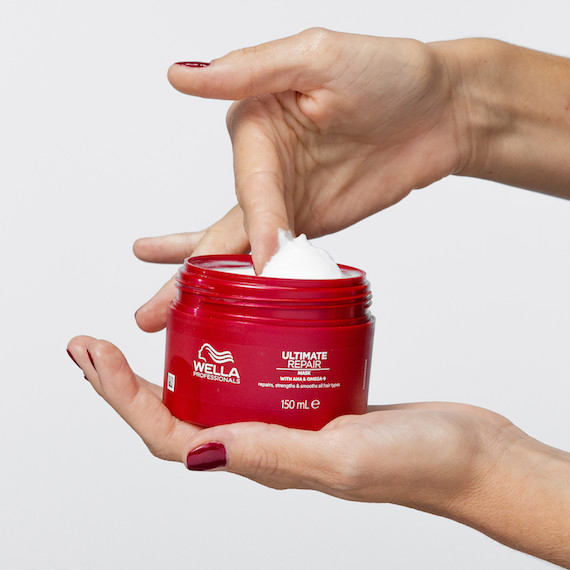
More Tips for Maintaining Extensions
1. Shampoo Regularly
Your client might be tempted to skip hair wash days because they don't like pulling at the roots, but clean hair = healthy hair. That's why they should still shampoo regularly. Whatever their routine was pre-extensions, recommend they stick to it. The key is working shampoo through the scalp in small sections, then taking the time to make sure the lather is thoroughly rinsed.
2. Detangle Ends First
Instead of dragging their brush or comb from root to tip of their hair and extensions, your client should start at the ends and work through knots in small sections. Little by little, they can move up the hair shaft, detangling as they go. This combing trick is gentler on the lengths, and also means less tugging on the roots.
3. Separate the Bonds
If your client has individual hair extensions (like fusion or micro-link extensions), they should carefully separate the bonds daily, so they don't become knotted together. They can do this with fingertips, working row by row to make sure each bond is in order. Recommend they do it in combination with another routine, like detangling, so they don't forget.
4. Sleep Smarter
When they go to bed, your client needs to make sure their extensions won't get ruffled or pulled on overnight. The best thing they can do is tie hair in a low, loose ponytail or braid with a silk scrunchie. This will secure strands, resulting in less friction while they rest. A silk pillowcase will also be kinder to extensions, as well as their natural hair.
5. Protect and Perfect
It's not just heat protection that clients with hair extensions need. It's also important they shield strands against the effects of UV damage, hair breakage, frizz and, most importantly, mechanical damage. ULTIMATE REPAIR Protective Leave-In keeps locks guarded in the face of all five top hair concerns, while making styling easier. Perfect for everyday protection.
Looking for more ways to help your client care for their hair? Discover our complete collection of Hair Care Guides, featuring tips for every type and concern.

